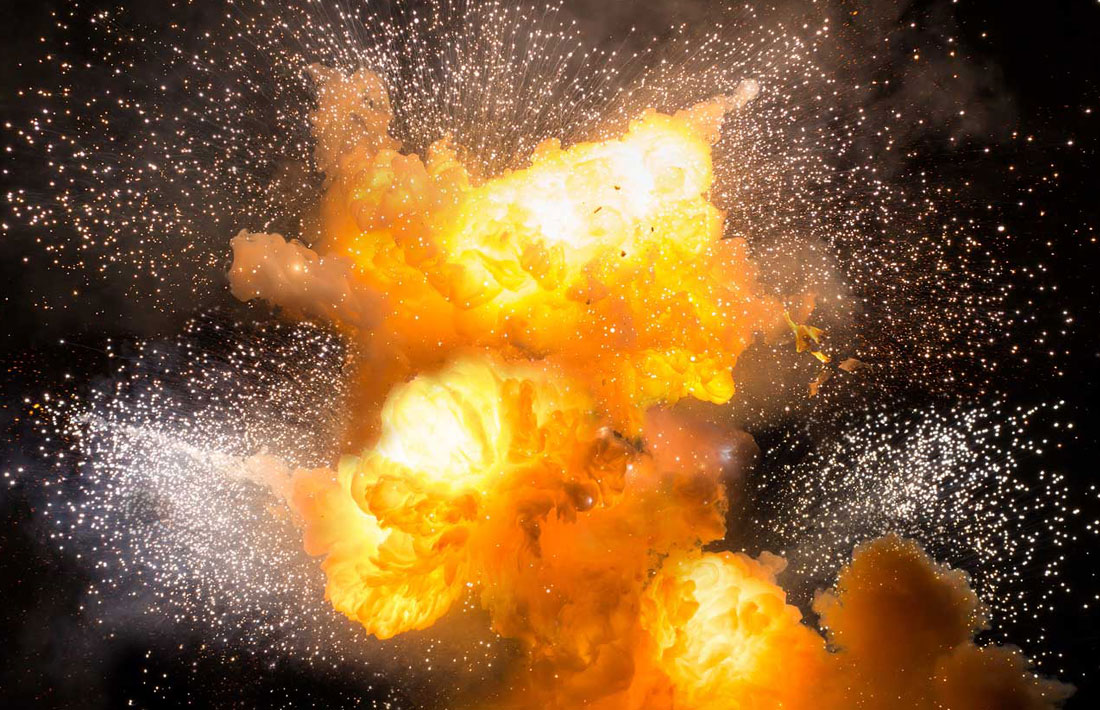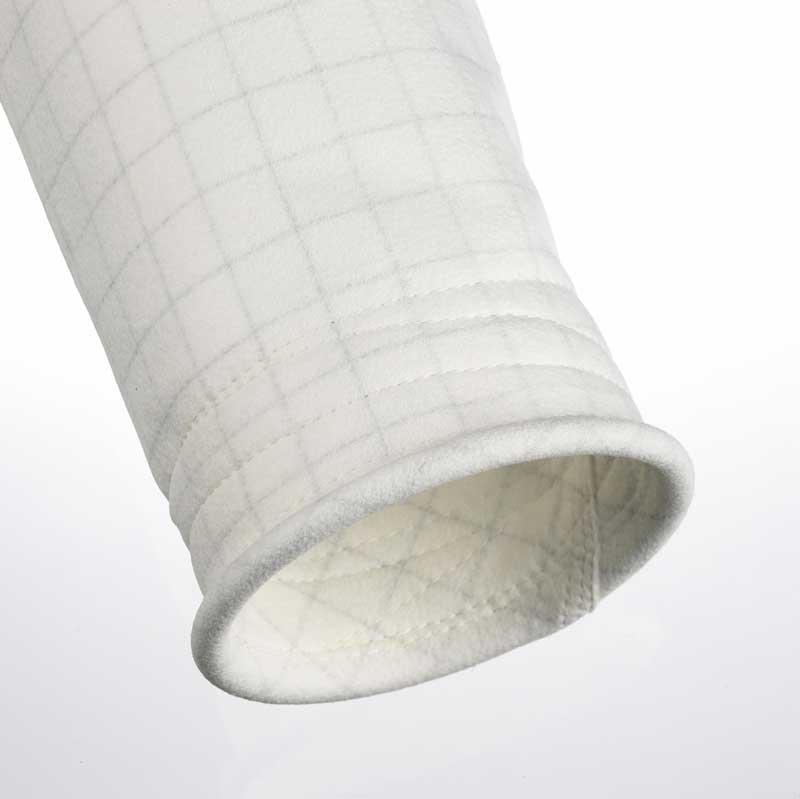
10-08-2022
|
5 min reading time
What are dust explosions and how to prevent them within your company
Does your company work with flammable raw materials? For example, do you work in an environment where agricultural products or light metals are processed or chemicals are handled? Then there is a risk of dust explosions.
Dust explosions can be caused by many different substances, which are often the by-product of a manufacturing process. These substances are often almost invisible, but when mixed with oxygen and accompanied by an ignition source, such as a spark, they can explode.
Vlint has several solutions that help prevent dust explosions. These products are ATEX-safe. Our certified specialists are happy to help identify install or maintain industrial hoses, cuffs and en ATEX-safe filters.
Want to know more about our ATEX solutions? Download our whitepaper or or contact us with no strong> contact obligation
What is a dust explosion?
Vlint can carry out maintenance work and the installation of ATEX products safely because it has well-trained staff who work carefully. Vlint specialists prevent ignitions where necessary, drain combustible dust, and call in a fire safety guard if the situation demands it. You can entrust work in all ATEX zones to Vlint.
Different types of explosions can be distinguished.
• Chemical explosions (this includes dust explosions);
• Physical explosions;
• Nuclear explosions.
A chemical explosion does not involve explosive substances, but substances that can explode when oxygen is added from the air. This is also known as an explosive atmosphere. If an ignition source then joins the mixture of the flammable substance and air, a dangerous explosion can occur.
How is dust created?
Dust is a by-product, often released during the processing of many different products. In the production process, dust is often released in minute particles. Dust occurs in all kinds of industries, from companies engaged in processing animal feed and wood dust to sugar mills. When a lot of dust accumulates and it is not properly filtered and dedusted, explosion hazards become a serious challenge for many companies.
How does a dust explosion occur?
When there are high concentrations of dust particles in an enclosed space, there is a risk of a dust explosion. A spark or other ignition source and the addition of oxygen in such a situation can cause the dust particles to ignite, causing an explosion.
There is often dust in factory halls or other spaces. When someone enters the room, an airflow can be triggered where the dust mixes with oxygen in a dangerous ratio. When an ignition source is added to this, such as a spark, the dust cloud can explode. This can then cause a larger dust cloud to form, which also explodes.
What are explosive substances?
Various types of light metals, chemicals and agricultural products as well as agricultural products and manufacturing processes in the wood processing industry pose a potential dust explosion hazard. There are many substances that have the potential to explode. Even products that many people do not expect can cause a dust explosion, such as:
• Wood dust;
• Milk powder;
• Flower;
• Flour;
• Metal powders;
• Cement;
• Pet food.
Prevention of dust explosions
Dust explosions can (largely) be prevented by installing safe filter systems, with ATEX-safe filters, in the production facility. In addition, there are various guidelines for safety, the ATEX. Unfortunately, dust explosions cannot be prevented 100%, but by following the guidelines, you drastically reduce the risk of dust explosions. We are happy to help you with this.
BFM fittings deliver significant risk reduction in many cases. These fittings replace traditional cuffs and greatly improve connections to, for example, screening machines and many other machines. Whereas using traditional cuffs often results in more cleaning work as well as posing a risk of dust explosions, BFM fittings can solve these challenges in many cases.
AkzoNobel Elotex made the switch from as many as 25 different cuffs to BFM fittings, and the results were soon apparent: the BFM fittings ensure perfect sealing, drastically reducing the risk of dust explosions.
The ATEX regulations surrounding dust explosions
VRegulations have been drawn up from the government to help prevent dust explosions: the ATEX (ATmosphéres EXplosibles). This European directive cannot completely prevent dust explosions, but it does reduce them. According to these directives, there are three types:
Primary:: in the first instance, ATEX directs the use of, for example, the right filters and extraction equipment, so that the hazardous substance cannot come into contact with oxygen, or can do so as little as possible.
Secondary:: another solution is to ensure that no ignition source can reach the explosive.
Tertiary:: some companies choose to allow explosions to take place and provide extra security for the location where the explosion may occur.
Part of the ATEX is carrying out and preparing an RI&E: an RIs Risk Inventory and Evaluation. From this inventory and evaluation come various recommendations, which must be followed up.
The right products to prevent dust explosions
Want to know more about dust explosions, dust explosion prevention, how to comply with ATEX guidelines or have other questions about dust explosions? Vlint's team is ready to help you!
WWe have years of experience with all kinds of products related to air filtration and dedusting, and the installation and maintenance of these products. We would be happy to take a look at your production processes with you and offer tailored advice: together, we ensure that the risk of dust explosions is minimised!
Contact us
|
 |
White paper on dust explosions and ATEX
Want to know more about our ATEX solutions? Download our whitepaper or contact us with no obligation.